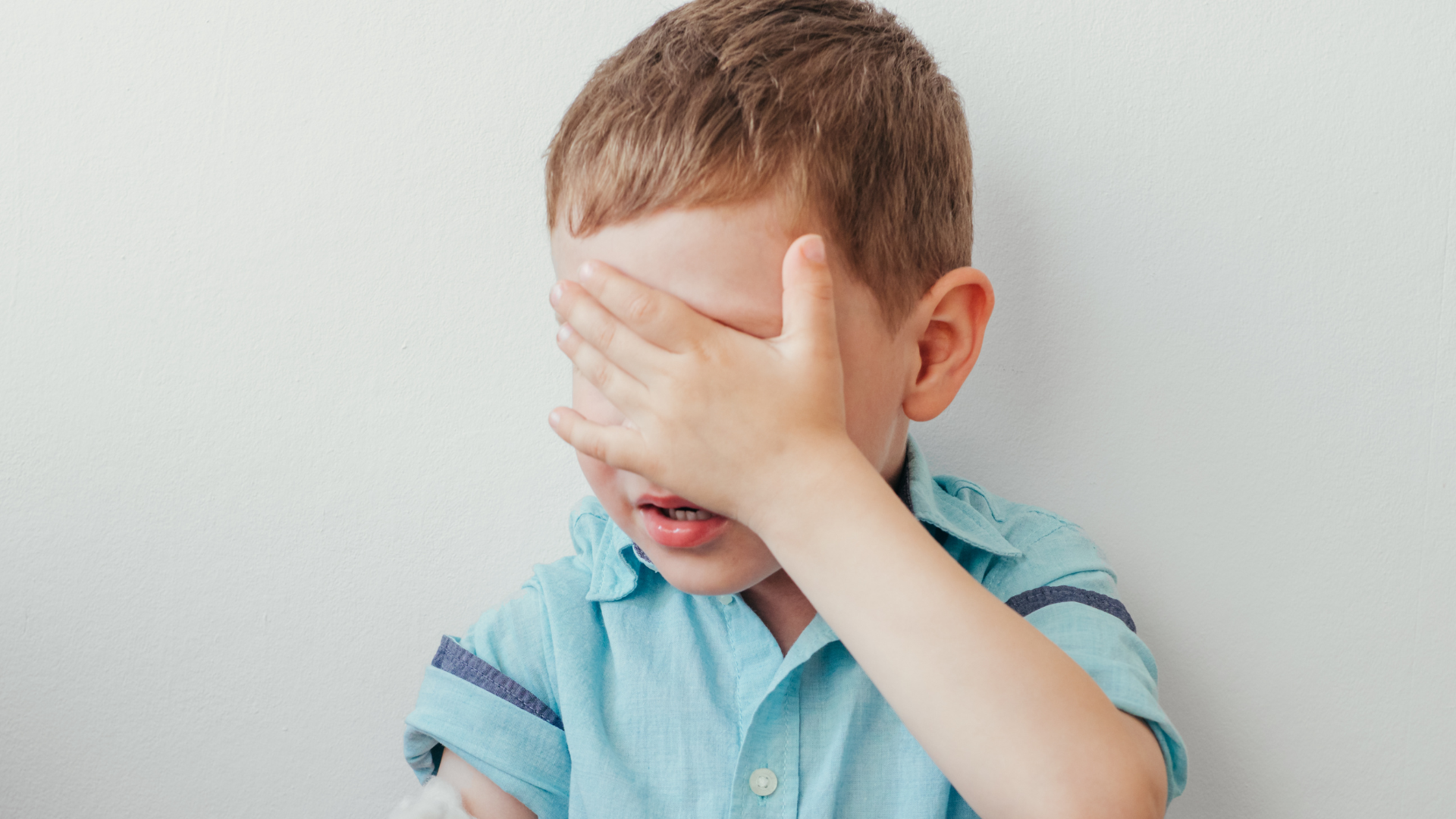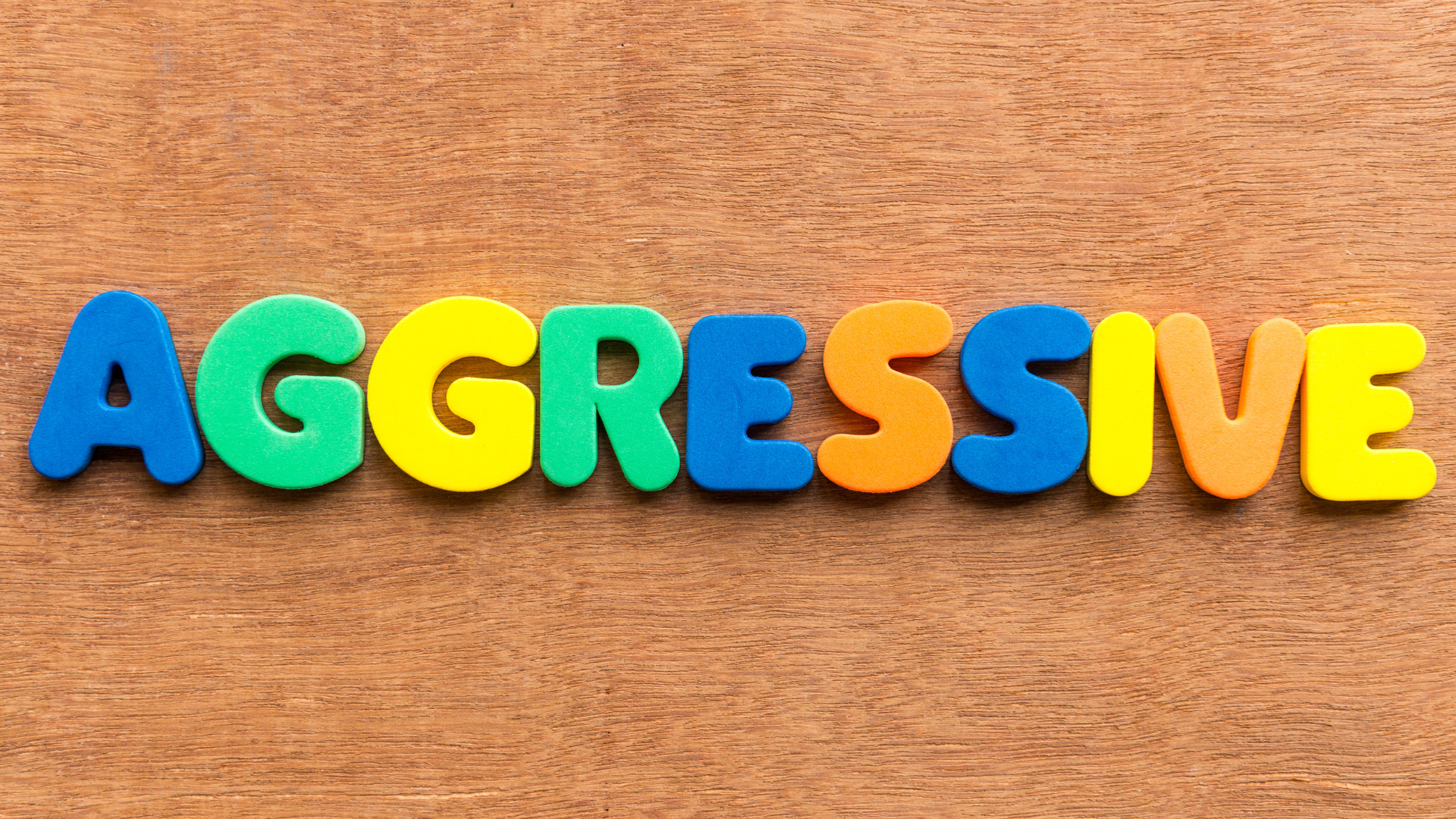How our temperaments define us
How many times have you heard that you look exactly like your mom or dad? Or that your child is like a mini me version of yourself? You might agree that you do have your dad’s eyes or your mom’s mouth and indeed your chid does have your nose and ears, but that’s where the similarities end.
While your mom loves to keep her house in ship shape condition where everything from the keys to the tissue box have an exact spot, you tend to misplace your keys, handbag and phone on a daily basis. Your child on the other hand might look like you, but while you are outgoing, fun-loving and always up for a joke, she is shy, serious and prefers to read.
You might wonder what went wrong? The answer is simple. Nothing went wrong. You all just have different temperaments. Let me state it clearly from the start, not one temperament is better than the other. All of them, and here at EQ4Kids we talk about four temperaments, are equal and each temperament has its own strong and weak points.
What do we mean by temperament?
According to Lynette Beer, EQ4Kids co-owner and author of the book, The Windows to your personality
, no two persons are exactly the same. Each one is uniquely created with a certain temperament. There are mainly four temperaments, but any person is a unique combination of all four, not taking into account their individual characters, history and emotional baggage. We divide the temperaments into yellow, red, green and blue. First things first, you have to remember that you are born with your temperament intact; you have inherited it from your grandparents or even great grandparents.
Temperament is the combination of inborn traits that subconsciously affect the everyday conduct of a person. Your temperament can be seen as the blueprint for your personality and has a big impact on how you see the world, and how you relate to others. These characteristics are genetically compiled on the basis of certain factors such as nationality, race, gender and other hereditary factors. It is transmitted by genes. You therefore have no choice in the composition of your temperament at birth.
Originally the four temperaments were named sanguine, choleric, melancholic and phlegmatic, but we talk about the temperaments in colours i.e. Popular Yellow, Powerful Red, Perfect Blue and Peaceful Green. These four temperaments have many variations, as people usually have a primary and secondary blend. The order of this combination will have a significant impact on one’s personality.
Our human nature let us to think that our way of doing things is the right way – that our way of feeling, thinking and understanding of the world is the best way. When our life partners or children differ from us, we relate these differences to madness or stupidity. We feel that if others were more like us, our lives and our relationships would be better.
However, trying to force people to be more like us always fails. Although people can change personality characteristics to a certain degree, their fundamental personality is largely unchangeable. We do injustice to others when we assume that such differences are inherent flaws that need to be changed. Furthermore, we are unable to understand and relate to these differences, causing conflict and misunderstanding in our relationships.
For you to really understand your child you have to know what temperament he/she has, and you have to know which temperament you have. Let’s have a closer look at the four temperaments and see if you recognize yourself or your children in any of them.
The Popular Yellow
You can hear and spot a Popular Yellow from a distance. These people are the extroverts of the extroverts. Fun-loving, always up for an adventure, with sparkling eyes and ready to tell a story. Yellows love attention. They blossom under approval, affection, acceptance, the presence of people and activity.
They try to avoid dull tasks, routines, criticism, details and lofty goals at all cost.
According to Florence Littauer’s book Personality plus for Parents, you can recognise this temperament in babies who are bright and wide-eyed, curious, gurgles and coos, shows off, wants company and are very responsive. Yellow babies also tend to scream for attention, grab onto everything, knows they are cute and will cry when no one picks them up or when they are tired.
As a child, a Popular Yellow is usually daring, eager, innocent, inventive, imaginative, cheerful, enthusiastic, fun-loving, chattery and full of energy.
The Controlling Red
Remember that old song from Frank Sinatra, “I did it my way”? That’s the theme song for people with Red as their main temperament. They are task-orientated extroverts with strong leadership abilities. Known to be hard workers, but strong-willed. Don’t start an argument with a Red, they believe they are always right and will fight you into submission.
Reds are natural optimists who has to be in control always. They require appreciation for all their achievements, opportunities for leadership, participation in family decisions and did I mention something to control? Reds don’t like to rest, they are afraid of being bored and will only play a game if they know they will win.
Florence Littauer says you can recognise a Powerful Red baby as the one being energetic, outgoing, precocious, adventuresome, a born leader, strong-willed, demanding, loud, never sleepy and with a tendency to throw things around.
Powerful Red as a child is daring and eager, self-sufficient, competitive, assertive, trustworthy, a productive worker who moves quickly and keeps a goal in mind.
The Perfect Blue
People with Blue as their main temperament are the introverts of the introverts. They really prefer to get the job done in the correct way rather than spending time with people. A true Blue person would actually prefer not dealing with people at all. They like to do things in an orderly fashion. Routines are very important to them.
Perfect Blues require sensitivity to their deep desires, satisfaction from quality achievements, their own space, security and stability. They are the exact opposites of the Popular Yellows and tend to avoid noise, confusion, trivial pursuits and being jollied.
Florence Littauer states in her book that babies with blue temperaments tend to be serious, quiet, guarded and shy. They are content to be alone, seems to look sad most of the time and cries easily.
As children the Perfect Blues are deep thinkers who fantasizes a lot. They are usually very talented and musical but put immense pressure on themselves because they are always striving for perfection. They are very loyal, intense, dutiful and responsible, but do tend to be moody, oversensitive and negative.
The Peaceful Green
People with Green as their main temperament are people-orientated introverts. They are loveable because they care about people. Known as the peacemakers of the world, the Green temperaments will do anything do avoid conflict. They hate it. To get a Green to do something you have to convince him why it needs to be done, by him, right now... If you can convince him, you will be surprised how much a Green can and will do for you.
Peaceful Greens have low energy levels and they will not be rushed into anything. While they can’t stand confrontation and conflict, they are surprisingly strong-willed. They require constant peace and relaxation, attention, praise and loving motivation. Greens don’t do well with taking decisions (they will try to avoid it), extra work, tension, responsibility or any confrontation.
Littauer states that babies with Green personalities tend to be serious, easy going, undemanding, happy and adjustable. Their favourite past time (from babies to adults) are taking naps. Green babies tend to be guarded, unresponsive, slow and shy.
Children with Green as their main temperament are easily amused, dependable, lovable, agreeable and little trouble. They tend to watch others do things in stead of doing it themselves or joining in. They love to tease others and can be lazy, fearful and quietly stubborn.
Now you know some of the main characteristics of the four colour temperaments. Next time we are going to look at each temperament’s weak points as well as the challenges you have to face and the pitfalls you have to avoid when raising a child whose temperament differs from your own.
Share Post
Complete the following form if you require more info about EQ4kids or want to enroll your child at your nearest Franchise.
Blog Enquiry










